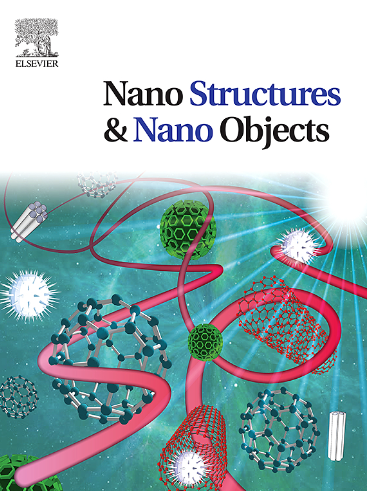Polyphosphazene frameworks for sustainable applications in adsorption, flame retardancy and electrochemistry
IF 5.45
Q1 Physics and Astronomy
引用次数: 0
Abstract
Polyphosphazenes (PPZ) and their derivatives have grasped the immense desirability of scientists predominantly due to their exceptional physico-chemical properties, such as chain flexibility, increased thermal stability, and high flame resistance. Substantial developments have been achieved with the exploration of new functionalities, including surface-responsive groups, topological, and morphological features. In this review, we present historical developments and the role of PPZ derivatives in achieving the Sustainable Development Goals (SDGs) for viable developments. We provide a basic classification of PPZ-based materials, focusing on their morphologies and the tunability of these morphologies to targeted dimensions. Additionally, the progress in the structural development of PPZ and their derivatives with covalent organic frameworks (COFs), metal-organic frameworks (MOFs), and covalent organic-inorganic frameworks (COIFs) has been discussed. Furthermore, we discussed the role of surface morphologies and surface area of PPZ-based materials for the adsorptive removal of toxic dye and heavy metals. Additionally, we summarize the applications of PPZ-based materials, including adsorption, heat shielding, and electrochemical applications (such as energy production and energy storage).
聚磷腈框架在吸附、阻燃和电化学方面的可持续应用
聚磷腈(PPZ)及其衍生物由于其特殊的物理化学性质,如链的柔韧性,增加的热稳定性和高阻燃性,已经抓住了科学家的巨大愿望。随着新功能的探索,包括表面响应基团、拓扑和形态特征,已经取得了实质性的进展。在这篇综述中,我们介绍了PPZ衍生物的历史发展和在实现可持续发展目标(SDGs)中的作用。我们提供了基于ppz的材料的基本分类,重点关注它们的形态和这些形态对目标尺寸的可调性。此外,还讨论了PPZ及其衍生物的共价有机骨架(COFs)、金属-有机骨架(mfs)和共价有机-无机骨架(COFs)的结构发展进展。此外,我们还讨论了ppz基材料的表面形貌和表面积在吸附去除有毒染料和重金属中的作用。此外,我们总结了ppz基材料的应用,包括吸附、热屏蔽和电化学应用(如能源生产和储能)。
本文章由计算机程序翻译,如有差异,请以英文原文为准。
求助全文
约1分钟内获得全文
求助全文
来源期刊

Nano-Structures & Nano-Objects
Physics and Astronomy-Condensed Matter Physics
CiteScore
9.20
自引率
0.00%
发文量
60
审稿时长
22 days
期刊介绍:
Nano-Structures & Nano-Objects is a new journal devoted to all aspects of the synthesis and the properties of this new flourishing domain. The journal is devoted to novel architectures at the nano-level with an emphasis on new synthesis and characterization methods. The journal is focused on the objects rather than on their applications. However, the research for new applications of original nano-structures & nano-objects in various fields such as nano-electronics, energy conversion, catalysis, drug delivery and nano-medicine is also welcome. The scope of Nano-Structures & Nano-Objects involves: -Metal and alloy nanoparticles with complex nanostructures such as shape control, core-shell and dumbells -Oxide nanoparticles and nanostructures, with complex oxide/metal, oxide/surface and oxide /organic interfaces -Inorganic semi-conducting nanoparticles (quantum dots) with an emphasis on new phases, structures, shapes and complexity -Nanostructures involving molecular inorganic species such as nanoparticles of coordination compounds, molecular magnets, spin transition nanoparticles etc. or organic nano-objects, in particular for molecular electronics -Nanostructured materials such as nano-MOFs and nano-zeolites -Hetero-junctions between molecules and nano-objects, between different nano-objects & nanostructures or between nano-objects & nanostructures and surfaces -Methods of characterization specific of the nano size or adapted for the nano size such as X-ray and neutron scattering, light scattering, NMR, Raman, Plasmonics, near field microscopies, various TEM and SEM techniques, magnetic studies, etc .
 求助内容:
求助内容: 应助结果提醒方式:
应助结果提醒方式:


